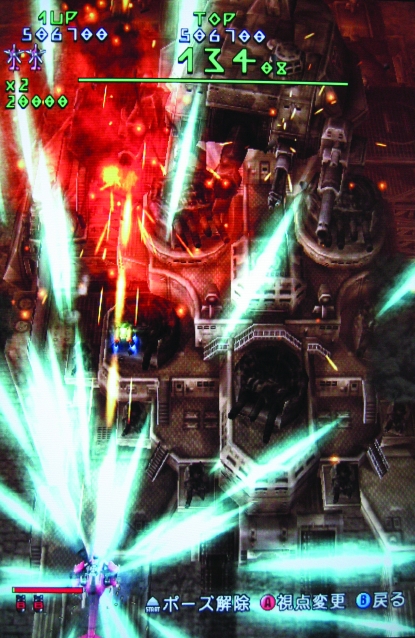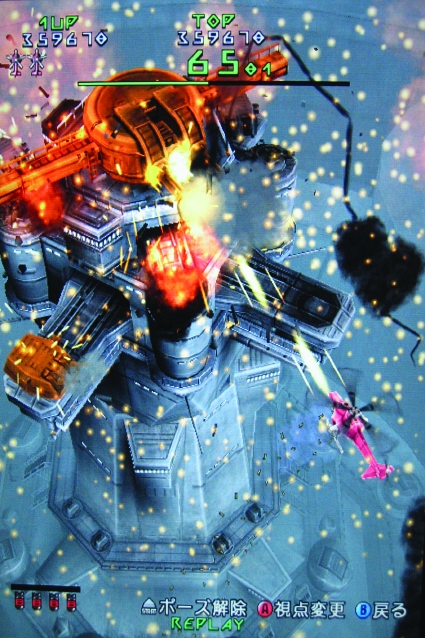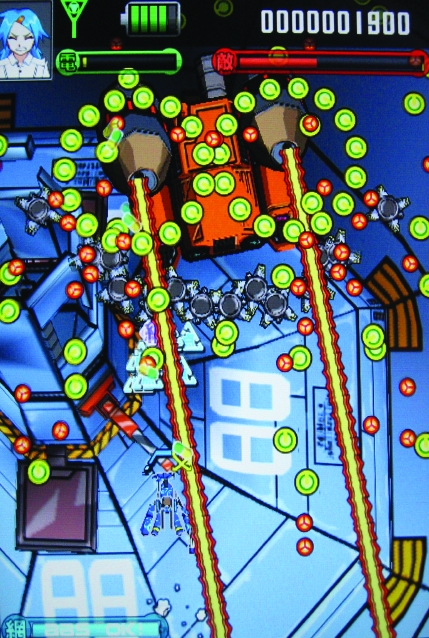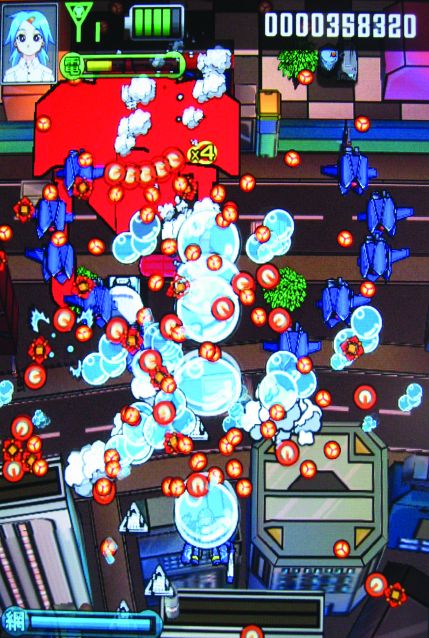Shooting Love Web Resources For The Beautiful Artform We Call The 2D Shooter
Radirgy and Under Defeat
- Radirgy videos
- Under Defeat videos
- Radirgy for GameCube and PS/2
Shooter (a.k.a. Shmups) History and Culture
- Spacewar: Fanatic Life and Symbolic Death Among the Computer Bums (Dec. 1972 Rolling Stone article)
- Barbelith Underground discussion on Shooters
- Shmups.com
- Ikaruga for Dreamcast and GameCube












